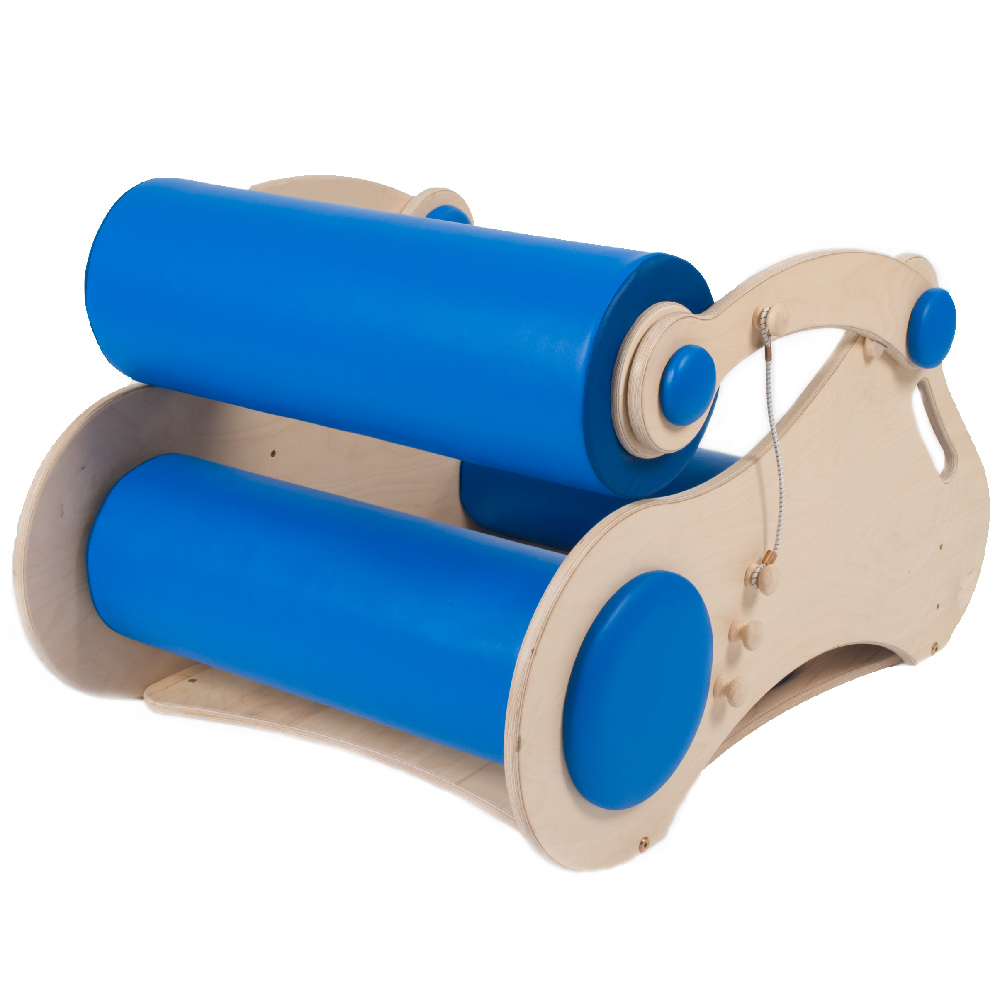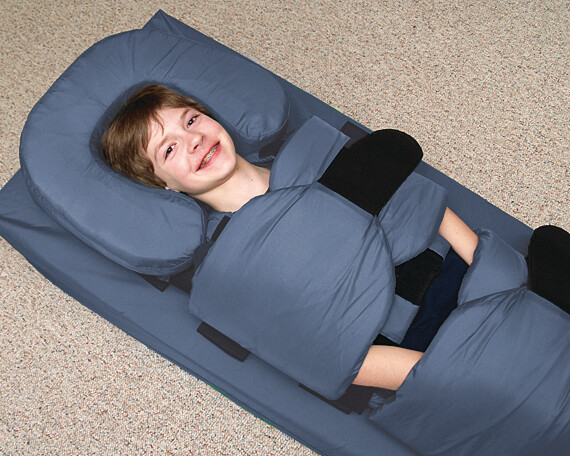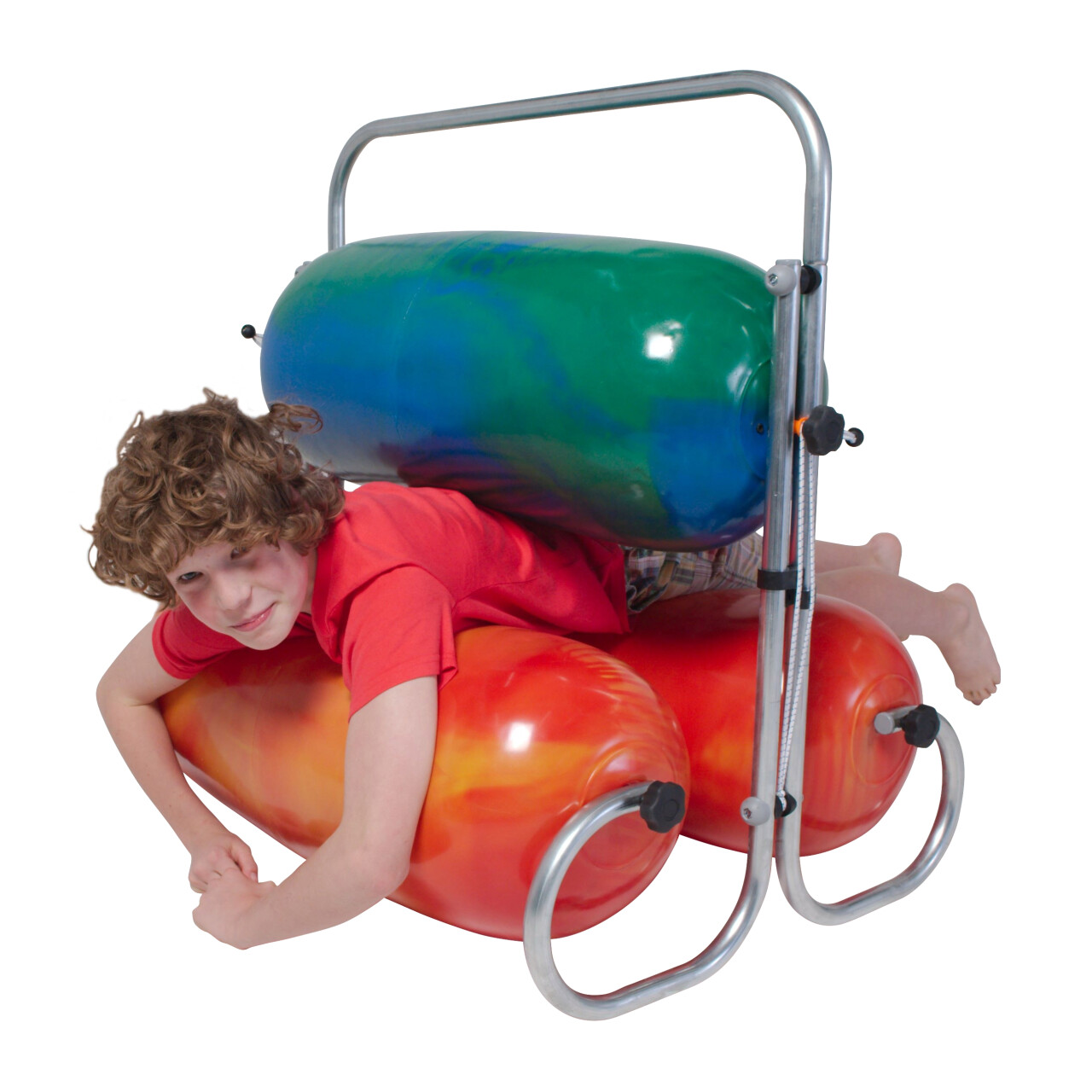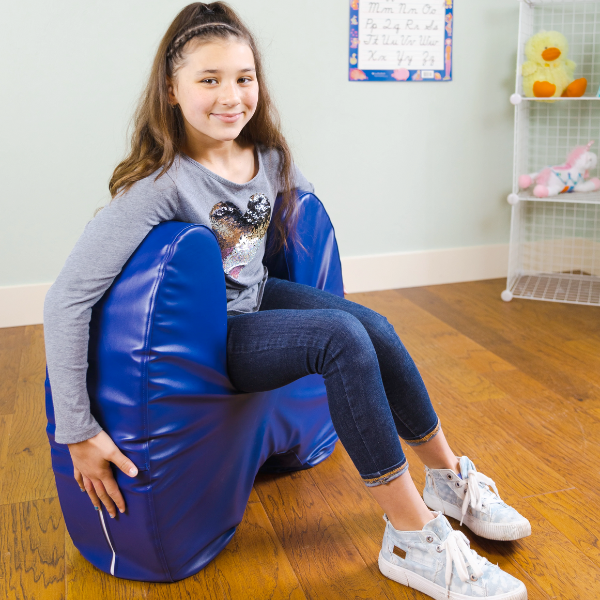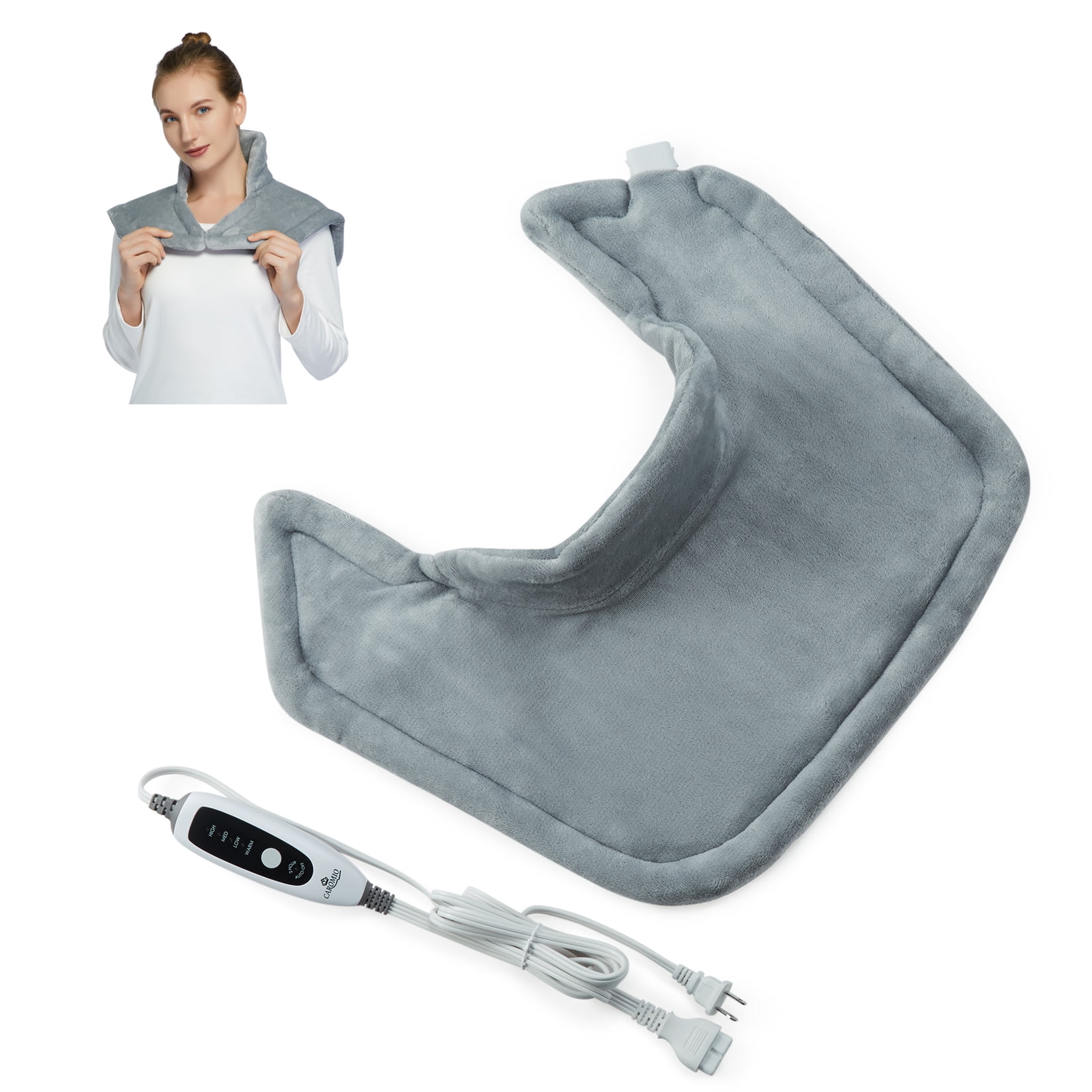Deep Pressure Therapy Products For Adults
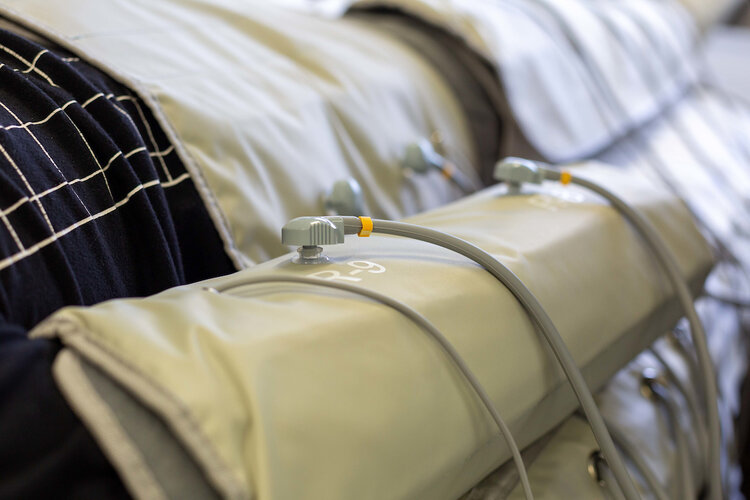
In an increasingly stressful world, adults are seeking innovative ways to manage anxiety, improve sleep, and enhance overall well-being. Deep pressure therapy (DPT) products, once primarily associated with children diagnosed with sensory processing disorders, are now gaining traction among adults seeking non-pharmaceutical solutions for relaxation and stress reduction. From weighted blankets to compression garments, the market for these products is booming, prompting questions about their efficacy and appropriate use.
The growing popularity of DPT products for adults raises important questions about their benefits and potential drawbacks. This article examines the science behind deep pressure therapy, the types of products available, expert opinions, and considerations for those interested in incorporating DPT into their wellness routine. The goal is to provide a balanced perspective on this increasingly prevalent trend.
What is Deep Pressure Therapy?
Deep pressure therapy involves applying firm, gentle pressure to the body, often mimicking the sensation of being hugged or swaddled. This type of stimulation is believed to activate the parasympathetic nervous system, which is responsible for the body’s “rest and digest” response. By activating this system, DPT can potentially reduce heart rate, lower blood pressure, and decrease levels of cortisol, the stress hormone.
Occupational therapists have long used DPT as a tool to help individuals with sensory processing difficulties, autism, and anxiety. The theory is that consistent and controlled pressure provides a grounding sensation, promoting a sense of calm and security.
Types of Deep Pressure Therapy Products
The market now offers a diverse range of DPT products tailored for adults.
Weighted Blankets
Weighted blankets are perhaps the most well-known DPT product, typically containing beads or pellets that add weight. The recommended weight is usually around 10% of the user's body weight. They are designed to provide a feeling of being held, which can ease anxiety and promote restful sleep.
Compression Garments
Compression garments, such as vests, leggings, and socks, provide consistent pressure to the wearer's body. Athletes often use these to aid recovery, and they are also used by people with anxiety or sensory sensitivities to help with body awareness and focus.
Weighted Vests and Lap Pads
Similar to compression garments, weighted vests and lap pads are designed to provide targeted pressure. Weighted vests can be worn throughout the day to manage anxiety or improve focus, while lap pads are often used in classrooms or offices to promote calmness during sedentary activities.
Other DPT Tools
Beyond the most popular items, other DPT tools include massage tools that provide deep pressure, specialized rocking chairs, and even compression wraps.
The Science Behind DPT: What Does the Research Say?
While anecdotal evidence and personal testimonials often highlight the benefits of DPT, the scientific research is still evolving. Some studies suggest that weighted blankets can improve sleep quality and reduce anxiety in certain populations.
A 2020 study published in the Journal of Clinical Sleep Medicine found that weighted blankets improved insomnia severity and reduced daytime dysfunction in adults with insomnia. However, other research has yielded mixed results, emphasizing the need for further investigation.
Dr. Temple Grandin, a prominent advocate for individuals with autism and a professor of animal science at Colorado State University, has written extensively on the calming effects of pressure. Her insights, derived from animal behavior studies, lend support to the potential benefits of DPT for humans.
Expert Opinions and Recommendations
Experts in occupational therapy and mental health offer diverse perspectives on the use of DPT products. Sarah Miller, a registered occupational therapist, notes that "DPT can be a valuable tool for managing anxiety and sensory sensitivities, but it is crucial to consider individual needs and preferences."
She emphasizes the importance of consulting with a healthcare professional or occupational therapist before incorporating DPT into a treatment plan. This is especially important for individuals with underlying health conditions.
Some mental health professionals suggest that DPT products should be used as part of a comprehensive treatment approach, which may include therapy, medication, and lifestyle changes. They caution against relying solely on DPT as a cure-all for anxiety or other mental health issues.
Considerations for Adults Using DPT Products
When considering DPT products, it is essential to prioritize safety and comfort. Choosing the appropriate weight or pressure level is crucial to avoid discomfort or potential injury.
Adults with certain medical conditions, such as respiratory or circulatory issues, should consult with their doctor before using weighted blankets or compression garments. It is also important to ensure that the products are made from breathable, non-toxic materials.
It is best to start with lighter pressure or weight and gradually increase as needed. Monitor your body's response and discontinue use if you experience any adverse effects.
The Future of Deep Pressure Therapy
As the awareness of DPT grows, more research is needed to fully understand its mechanisms and benefits. Future studies could explore the effectiveness of different types of DPT products for various conditions, as well as identify which populations are most likely to benefit.
With further research and responsible use, deep pressure therapy has the potential to become a valuable tool for promoting relaxation, managing anxiety, and improving overall well-being in adults. However, it should be approached with realistic expectations and a commitment to informed decision-making.
Ultimately, the effectiveness of DPT is highly individual. What works for one person may not work for another. By understanding the science, considering expert advice, and prioritizing safety, adults can make informed choices about incorporating deep pressure therapy into their lives.
